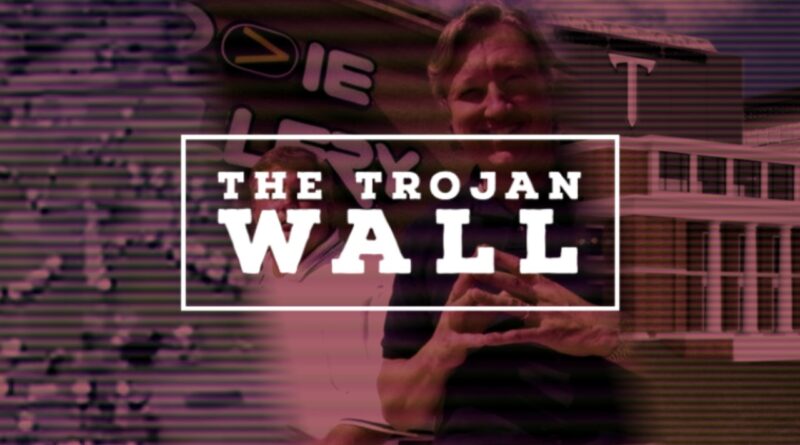The History of Home, Part 3
Richard M. Scrushy Field at Memorial Stadium (1998-2011)
Troy announced its plans to join Division I-A in 1998, the next step in the University and program’s growth. That step required a major investment, or at least some massive financial help. One man seemed like a perfect fit for the job.
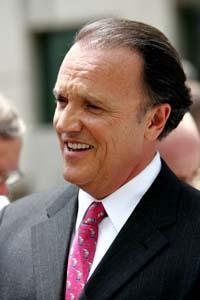
Richard M. Scrushy was an Alabama success story, coming up from humble beginnings in Selma to build one of the largest healthcare providers in the country. He founded the HealthSouth Corporation (now Encompass Health) in 1986. By the mid-1990s, it had ballooned into a multi-million dollar corporation. Along with his work with HealthSouth, Scrushy was head of the Alabama Sports Hall of Fame.
By 1994, Scrushy was the third-highest paid executive in Alabama at around $3 million and by 1997, his worth exceeded $100 million. Scrushy put this to great use throughout the state of Alabama, donating money to multiple universities in the state. For Troy, in particular, Scrushy was named Honorary Alumni of the Year in 1997 and became a member of the Board of Trustees in January of 1998, the same year the board approved the move to I-A.
In June of 1998, Scrushy made a donation of $1 million to the Troy Athletics Department, earmarking it to complete the planned renovations and enhancements to The Vet. As a result, this would allow Troy to enlarge the stadium and reach the NCAA-required 17,500 average attendance. (Spoiler Alert: Much to the chagrin of several newspaper columnists lamenting the eventual move, Troy hit its mark.)
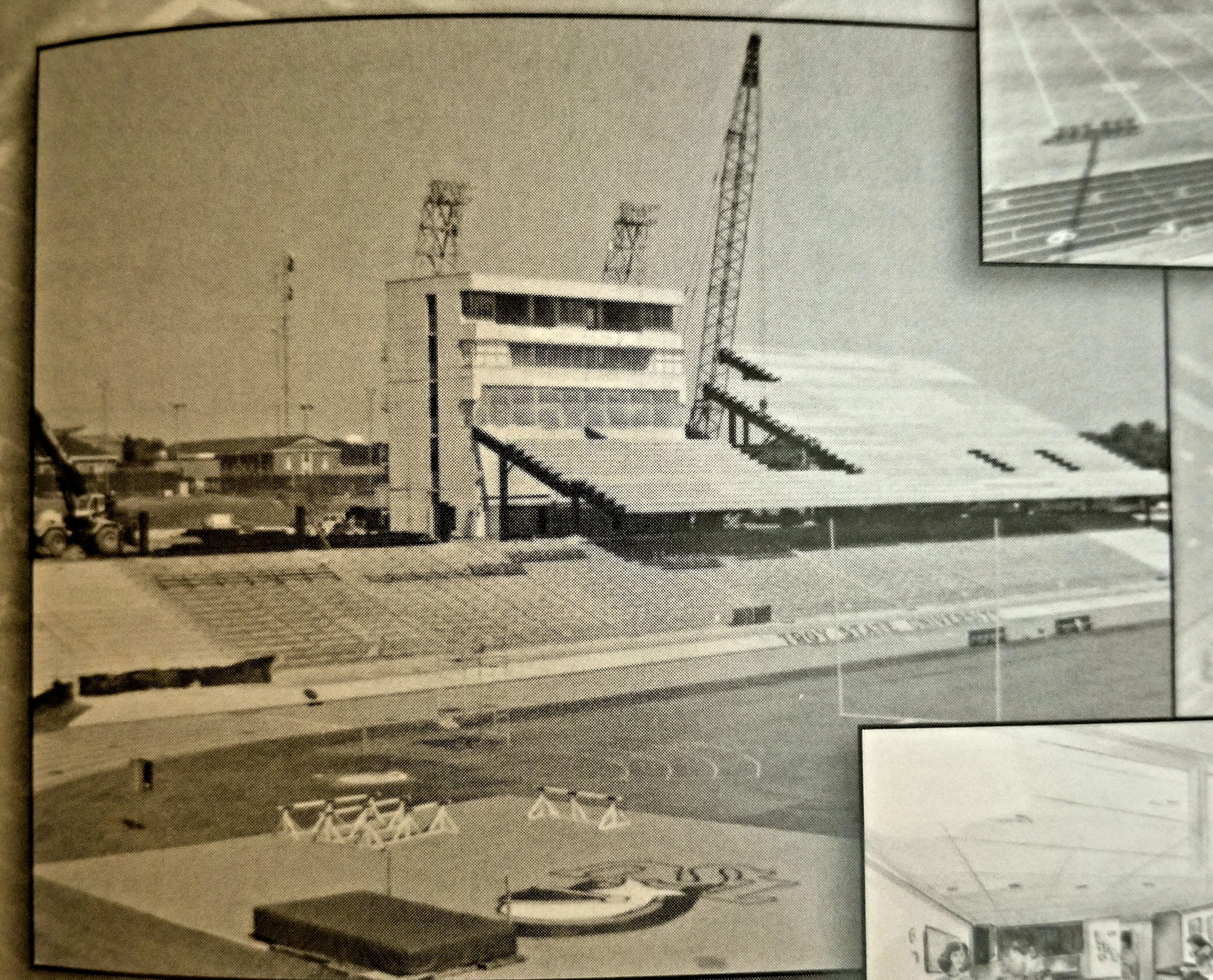
In recognition of his donation, Troy, under Dr. Jack Hawkins’ direction, named the playing field for Scrushy, christening it Richard M. Scrushy Field at Memorial Stadium. The first game would be on September 6th, 1998, a 26-0 win over Alabama State. Troy had big plans for the money he donated and began putting it to work in the “Troy State Athletic Facility Campaign”, a roughly $8 million undertaking. In addition to improvements at Memorial Stadium, this campaign also paid for an addition to the Tine Davis Fieldhouse and an expansion and renovation of Sartain Hall.
Along with Scrushy’s money, which pushed Troy over the hump, the university had gotten a $4.5 million contribution from the city of Troy, who would also use the stadium for Charles Henderson games. The plan for Memorial Stadium was to complete the upgrades in two phases: Phase 1 would increase the capacity to 17,500 and Phase 2 would increase the size of the stadium to 30,000. The addition of seats was slated to be completed by August of 1998. All of the work was done to push Troy for a 2001 start in FBS competition.
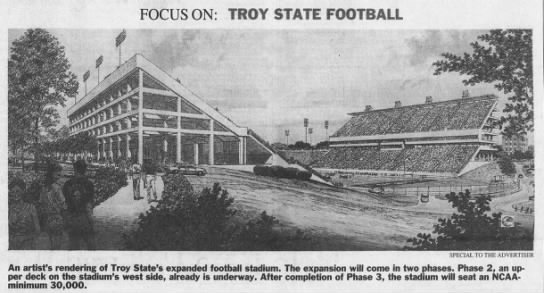
Phase 2 however would have to wait until 2002. This whole phase had a price tag of $11.5 million. One of the centerpieces in this phase would be the second renovation of Troy’s press box—this time turning it into a six-story, 90,000-square foot tower. It would stretch to the 10-yard lines on either side and was built behind the existing press box, which was cut down and used for storage and concessions. This added an extra 1,500 seats in the space the old press box used to occupy.
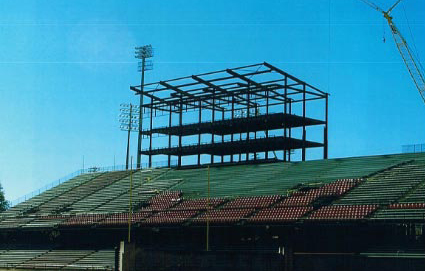
The new tower would also feature a 10,000-square foot weight room, a locker room for baseball, a sports medicine facility, and an academic center. The fourth floor of the tower would become the booster concourse area and banquet hall. The fifth and sixth floors proved to be the biggest boon to the stadium—26 skyboxes. Not including the President’s box, 25 skyboxes would be available for leasing at $16,000 a year, netting the Athletics Department $400,000 a year.
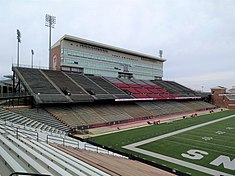
When it comes to seating, the initial plans look both exactly like and nothing like the existing structure. First of all, seats would have been built during this time in the north end zone, something that didn’t happen until 2018. Secondly, at least from the blueprint given, the west and east stands did not have upper decks as they do now. Also, the southwest corner of the endzone stands would not have been filled in with seats.
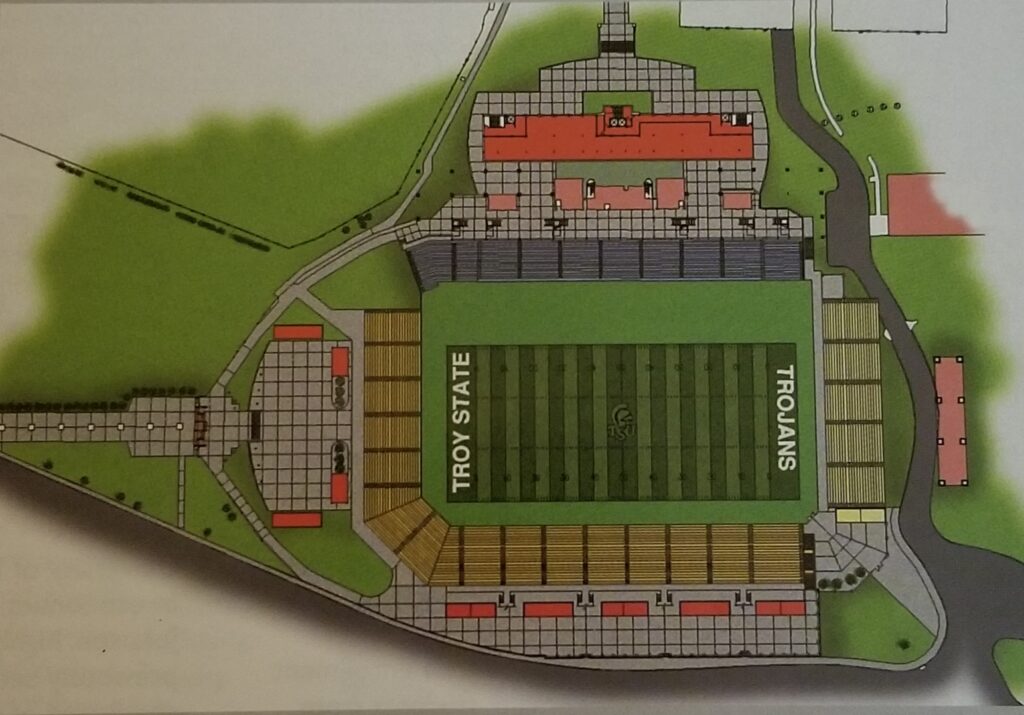
The last major change in Phase 2 would be the removal of the track inside Memorial Stadium, a mainstay since 1960. The track and field facility would be moved northeast of the football stadium.
During the time Troy played on Scrushy Field, the team finished 101-70 overall. This included 2 Southland Conference titles and 5 Sun Belt titles, along with two bowl wins, and three FCS playoff berths. The contributions of Scrushy made it possible for Troy to continue their winning ways and improvements to The Vet for years to come.
Movie Gallery Veterans Stadium (2003-2010)
Shortly after construction on Memorial Stadium was underway in 2003, a deal was coming together to grant a popular local company the naming rights to The Vet itself. In 2003, naming rights to college stadiums were a rare thing. By the time the deal came together, Troy became only the fourth school in the country to sell its football stadium naming rights—after Syracuse’s Carrier Dome (now just The Dome), Louisville’s Papa John’s Stadium (now simply Cardinal Stadium), and Texas Tech’s SBC Stadium (now Jones AT&T Stadium). To understand the changing landscape of naming rights, Troy was on the cutting edge in 2003. Now there are 28 different stadiums with their naming rights sold to companies, and that’s only the FBS level.
For Troy, the move to Division 1-A had been a success, but the stadium was far from finished. The initial expansion of the stadium had gone well, but there was more to be done. Johnny Williams and the Troy Athletics Department engineered the landmark deal with Movie Gallery to ensure a consistent payday for the Trojans. Malugen and Troy worked out a $5 million naming rights agreement that would pay Troy over 20 years, netting the University a free $250,000 each and every year.
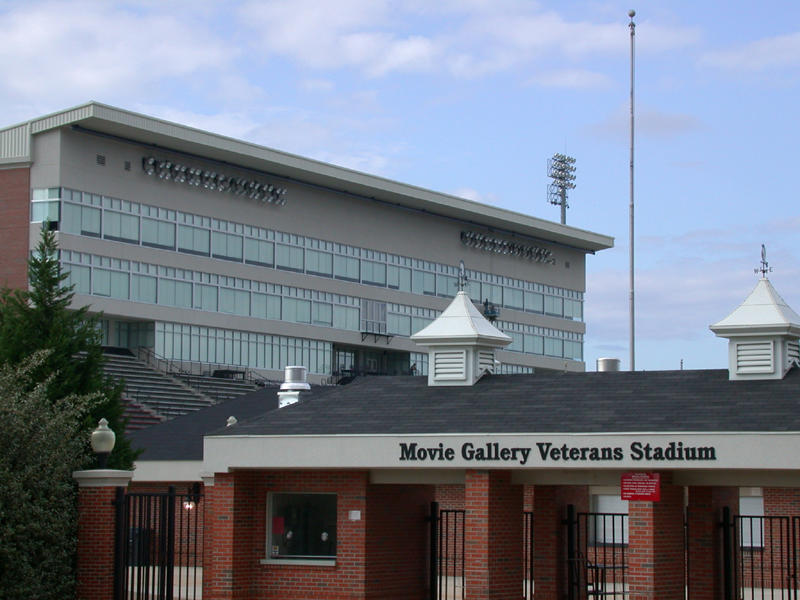
Movie Gallery was a joint venture between Joe Malugen and Harrison Parrish just down 231 in Dothan. The pair started the video rental company in the Peanut Capital of the Wiregrass in 1985. By 1992, the company had 37 stores in south Alabama and the Florida panhandle. Aggressive expansion led the company to reach a mark of 1678 stores by 2002. Movie Gallery expanded from a southeastern regional company to one with stores in several states and Canada. They eventually became the second largest video rental service in the country, behind only Blockbuster.
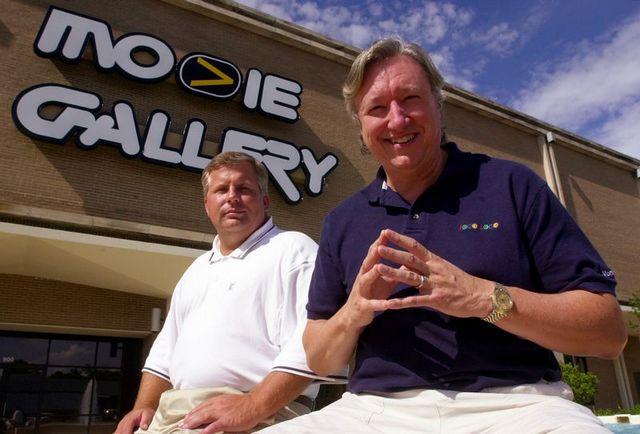
Unfortunately, Movie Gallery overreached and bought themselves into debt. They filed for chapter 7 bankruptcy on April 30, 2010, closing all of its stores by August of that year. The decline of Movie Gallery (and rise of Netflix) was not something Troy could have planned for, but they did use the money from the deal to help finalize Phase 2 completion for the first home game of 2003.
Marshall was originally supposed to be the Trojans’ opponent in the home opener, but a change in the schedule brought Southeastern Louisiana to the newly renovated Movie Gallery Veterans Stadium. It’s poetic; the Lions were Troy’s first opponent at Memorial Stadium back in 1950.
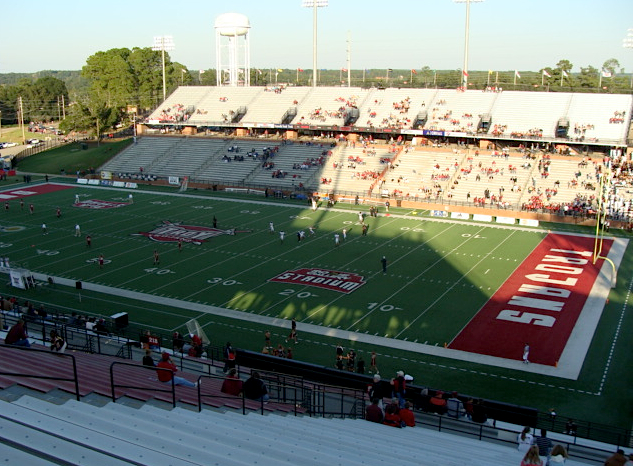
I couldn’t find any record of how much Troy got out of the deal with Movie Gallery, but assuming payments were made up until the closure, it would stand to reason that Troy earned $2 million, but if the company stopped payments in 2009 that would be closer to $1,750,000. Regardless, the stadium became the now-familiar Veterans Memorial Stadium in 2010.
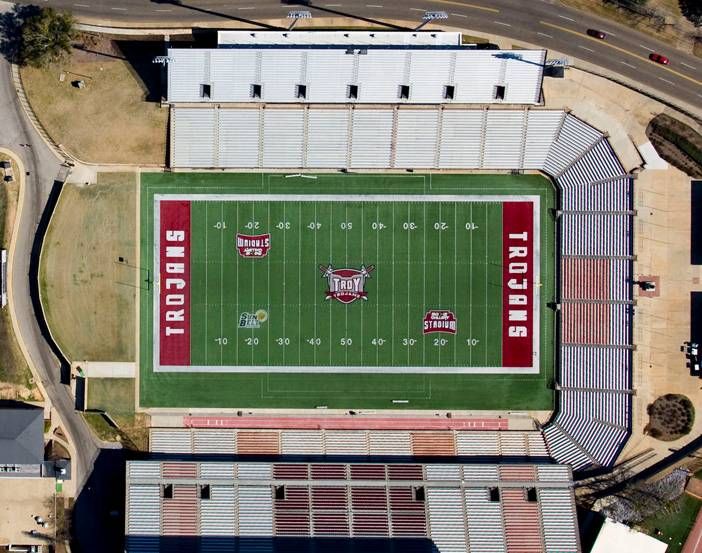
Larry Blakeney Field at Veterans Memorial Stadium (2011-Present)
Though Movie Gallery Veterans Stadium died, one part still remained. Even though it was never referenced as such, the playing surface at The Vet was still known as Richard M. Scrushy Field. In 2005, Scrushy was convicted of money laundering, bribery and extortion, serving seven years in prison and paying $3 billion in damages, restitutions and fines.
The name would change in 2011. Troy announced in April that the new name of the field would be Larry Blakeney Field, honoring the legendary (and then-active) Trojan coach. The first game was a September 24 matchup against rival Middle Tennessee, a 38-35 win that kept the Palladium in Troy.
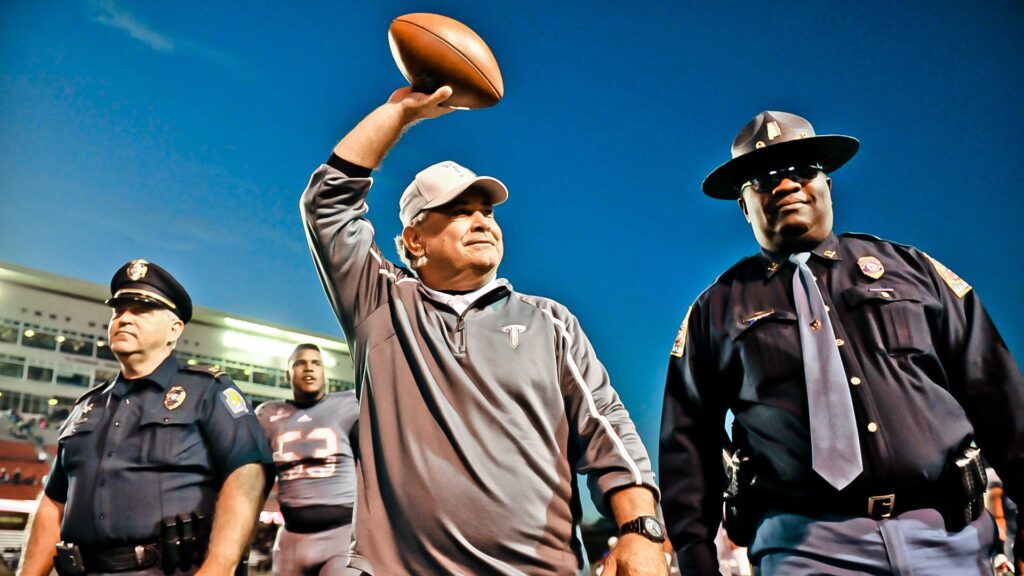
As this is the most recent change to the stadium’s name, there have only been two major upgrades to The Vet since: 2012/14 and 2017/18. The 2012/14 upgrades did nothing with respect to the seating in The Vet, more so to the aesthetics and playing surface of the place. The old AstroTurf added around 2003 was replaced with ProGrass turf in 2012, much like Riddle-Pace Field.


The 2014 half of the upgrades were intended to enhance and enrich the in stadium experience. A 1,240-square foot LED video board was added to the southeastern corner of the end zone stands and 300 feet long ribbon video board were placed on the front of both the east and west upper decks. To accompany these changes, a new sound system was installed as well.
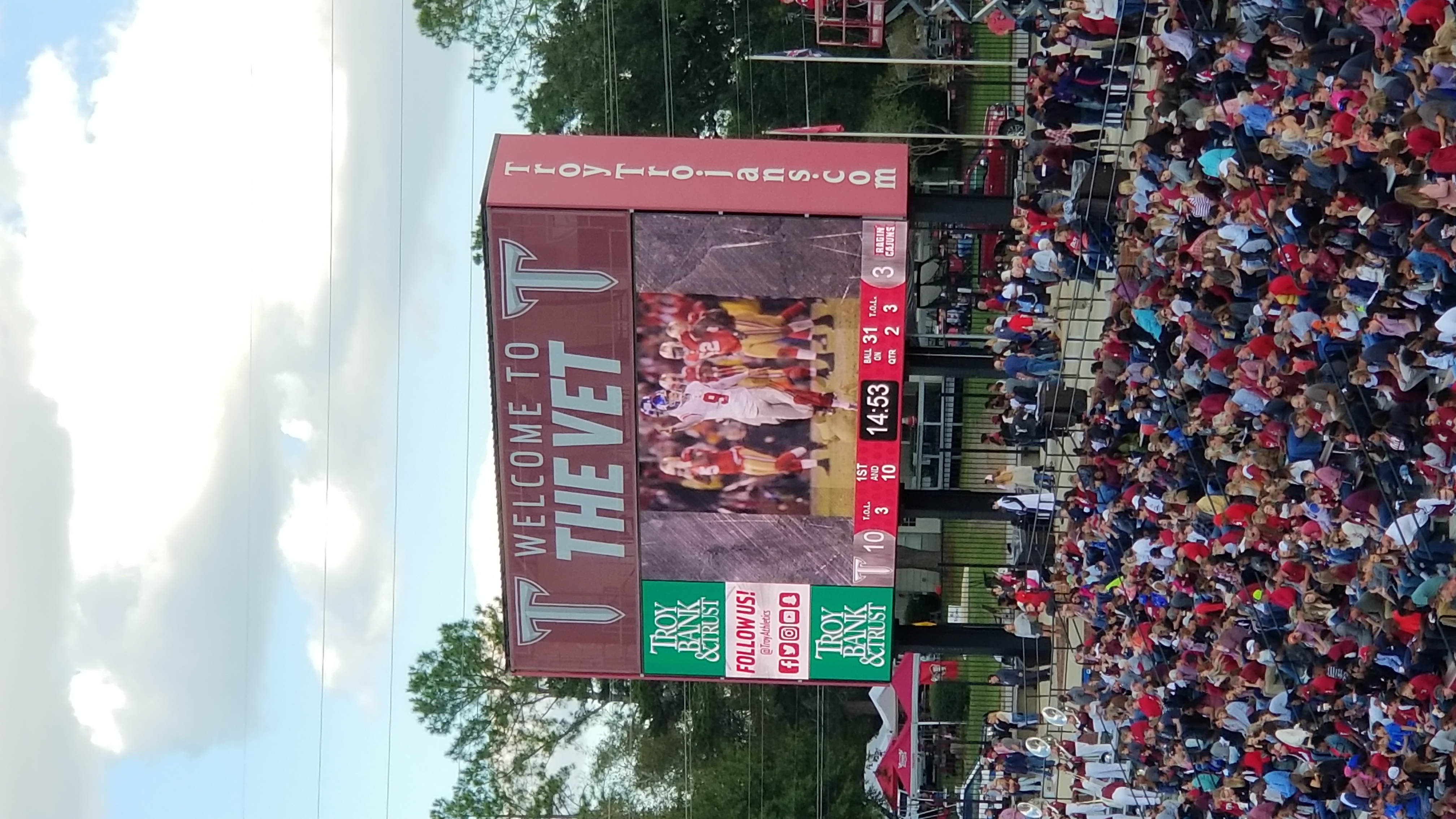
The final changes to The Vet came in 2017/18. Fresh off of Troy’s (and the Sun Belt’s) first ever poll ranking, the money was finally in place to complete a project that had been on the drawing board for years: the North End Zone Facility.
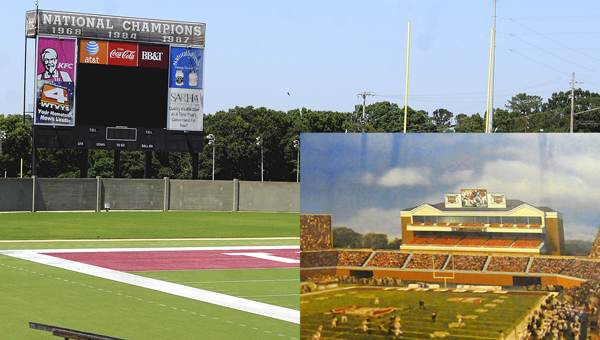
The North End Zone Facility cost $24 million and was completed by the opening of the 2018 season. This added 400 club-level seats to the stadium, but the most massive changes to Troy football lay inside the structure. This building would now house a strength and conditioning area for players on the first floor, a locker room and lounge on the second, and the football offices on the third. The most striking characteristic of the new facility was the behemoth 3,150-square foot LED video board on top of the facility. At the time it was the largest video board in the Sun Belt Conference and one of the largest in the Group of Five conferences.
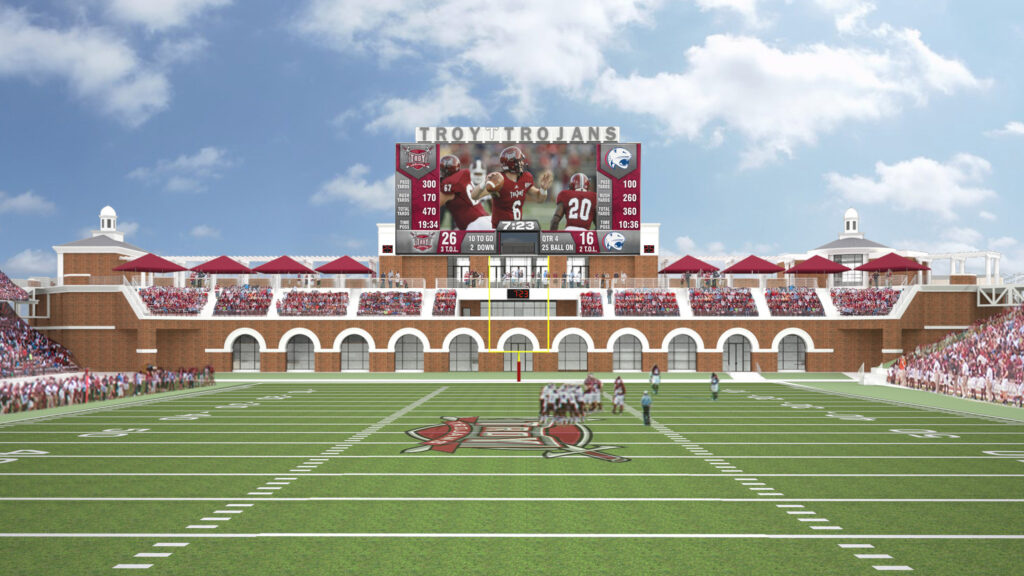
The first game played after these renovations was the home half of a home and home with Boise State. While seeing that facility finally completed was exciting, the less said about that game, the better. Notably, though, it did set the all time attendance record at The Vet with 29,612.
Editor’s note: if you were at the Boise State game, you can find yourself in this 360-degree photo they took during the game.
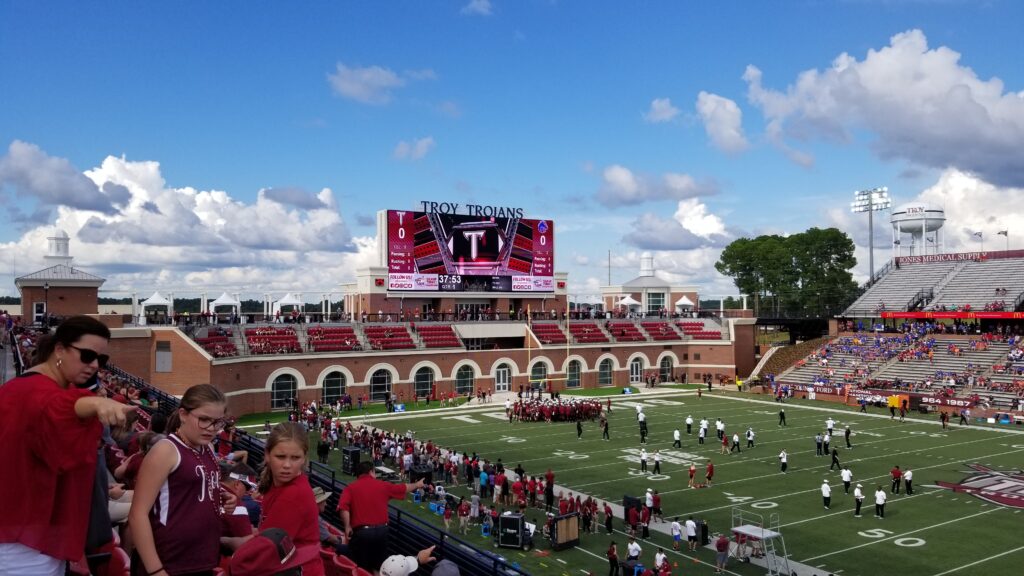
The final change to The Vet came with the replacement of the 2012 turf, which was installed in 2019. This new turf was a newer, more natural feeling turf called Matrix Helix RealFill. It featured cardinal endzones again for the first time since 2012, alternating shades of green down the field and the Power T at midfield for the first time ever.
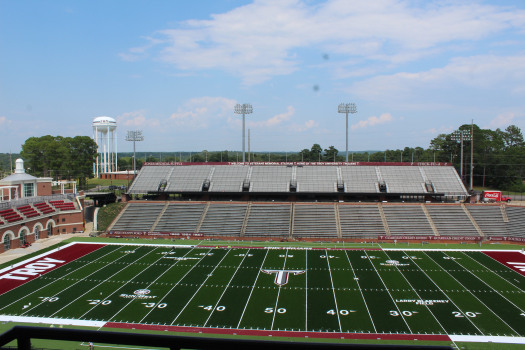
With that, Troy’s history at The Vet is completed for now. As Troy and her football program continue to grow, so too will The Vet.
Here’s to the first 70 years and here’s to the next.

